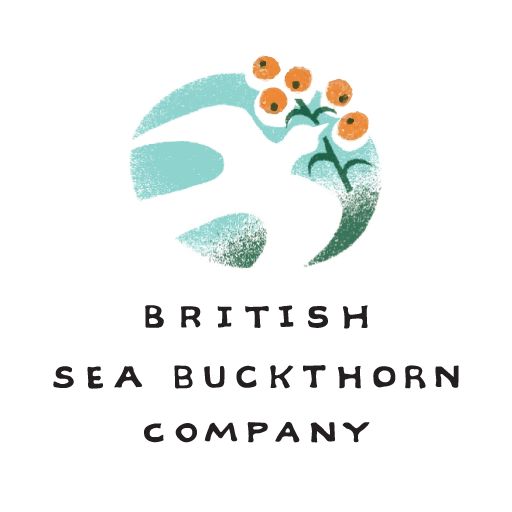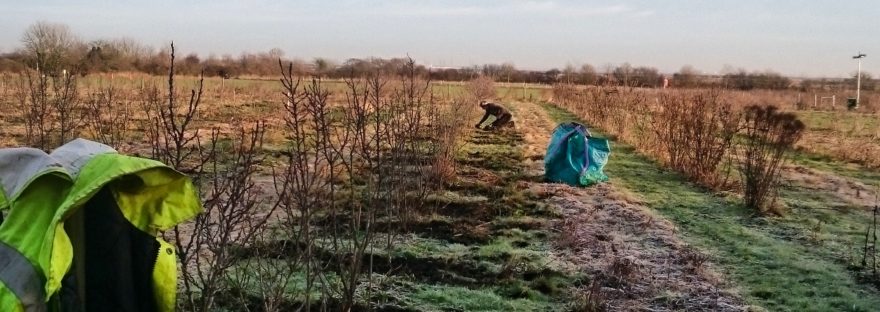February is here and finally pruning 3000 Siberian plants was finished. Removing dead twig; low branches; and bringing plants down to a manageable height has resulted in a mountain of prunings. Each variety showed its character. Klaudia demanded more pruning as its habit to grow squat and sprawling makes mowing difficult without damaging low branches. The opposite is Inya, growing tall and straight without bushiness. Then Chuiskaya, whose size now bulks out ahead of all others. Elizaveta, whose fast growing habits in our different climate resulted in branch die back leaving plants tall but thin. Time to experiment and practice has resulted in developing management techniques so each of these varieties are adapting to our climate and soils. All of these developments come from simple observations of the characteristics of each variety. Observation is important but recording this monitoring so information can be used to develop management systems is another.
One of the presentations at the Oxford Real farming conference was by a vine grower, using a plant monitor system – sectormentor. Giving selected plants an electronic tag and using an old iphone to record plant condition traits provided a simple system that looked ideal for my sea buckthorn. This will build up a concept of which varieties are performing best and where problems need to be managed. It will remove the problem of observations being subjective and kept in a record system which is easy to analyse.
February is still cold with temperatures fluctuating from freezing to up to 8 deg C. Our old friend Klaudia has again been the first to show some leaves. Over a month later than last year Klaudia buds are breaking open across the field. It has started the process of planning the first application of compost tea. It needs a good showing of young leaf to make it worthwhile. Last year, the males plants that are essential for pollination, came into the spring in really poor condition. Poor pollination resulted in few berries, something I had to address for 2017. With pollination starting in April, being able to boost the plants to optimum health is essential. Once enough leaf is present across the field then first compost tea feed will be applied and each month until before harvest.
With thoughts of pollination, come thoughts about harvest – and how to solve the problem of birds. The old traditional method would have been to shoot them. Last year I bought a netting system which will cover two blocks of the plants. But hungry birds still find a way in under the netting. I have now tried kites, rockets, scare crops, flashing tapes, CDs on strings – all to no avail.
Technology is changing our lives daily and it is to technology that i have turned for a solution for birds eating my precious sea buckthorn berries.
The manufacturer of my compost tea brewer, Martin Lishman and developed an electronic bird scarer. It can be programmed to scare different bird species and provides cover for an area of around 300m. This farm scale tool has three directional speakers that emit warning sounds to pest birds to make them believe they are being threatened by a predator. A large investment, but a practical more ethical solution to keep the birds off the sea buckthorn crop . A tool that along with the timing of the compost tea provides confidence for a good 2017 berry harvest.
Confidence is essential, but the future is never certain. On Tuesday I went to a Climate change meeting at Westminster Hall, London. When I go to these events I have to ask myself why. Is it simple interest or will something real come out of it? With Brexit and Trump creating uncertainty, focus on climate change may slip down the political agenda. The elections in EU States in 2017 add to the uncertainty. Understanding where these arguments are going has a material impact on the farm.
The farm has 5 kilometres of sea wall protecting it from sea flooding. The walls, rebuilt after the 1953 flood, have seen two serious surge tides recently – 2013 and January 2017. Whether it is global warming or climate change means little. What is important is unpredictable events are becoming more frequent. The surge tides threaten the very existence of my family’s farm. The impact of our emissions into the atmosphere has been tracked by science for decades. Every year since the millenium year we have had major flood events in the UK. Something is changing and it’s not for the better. The farm is at risk from this change and maybe politicians are key to regulating our lives to slow the process.
I came away from Westminster with some confidence – but not from hearing about political decision making. The message was that major international businesses are changing their operations to reduce environmental impact. This is not driven by regulation but by their customers demanding change and the fear they might buy from some one else – real people power. The second message was that clean technology in energy, transport construction, and appliances is becoming a reality. Third, whereas mature economies have to change their old technologies, new growing economies will invest directly into efficient energy systems. Economics not politics is finally driving change – and I for one felt more confident that our world has a chance to manage the climate on which we rely to live.
having heard all four speakers at the event more buoyant than I expected. Business opportunity from green issues and new, non carbon based technology was moving ahead fast and seen soon to become a reality. It was also interesting to hear that Africa was in a strong position as having the potential to adopt new clean technology without having invested deeply in old carbon based alternatives . What will happen in China we will have to see but their commitment in Paris made a powerful statement.
Our UK farming industry is seriously turning to putting soil health at the heart of its workings. An industry that has been a target of criticism for not caring for the environment painted a broad picture ignoring the many, many farmers who feel they are custodians of their land.

